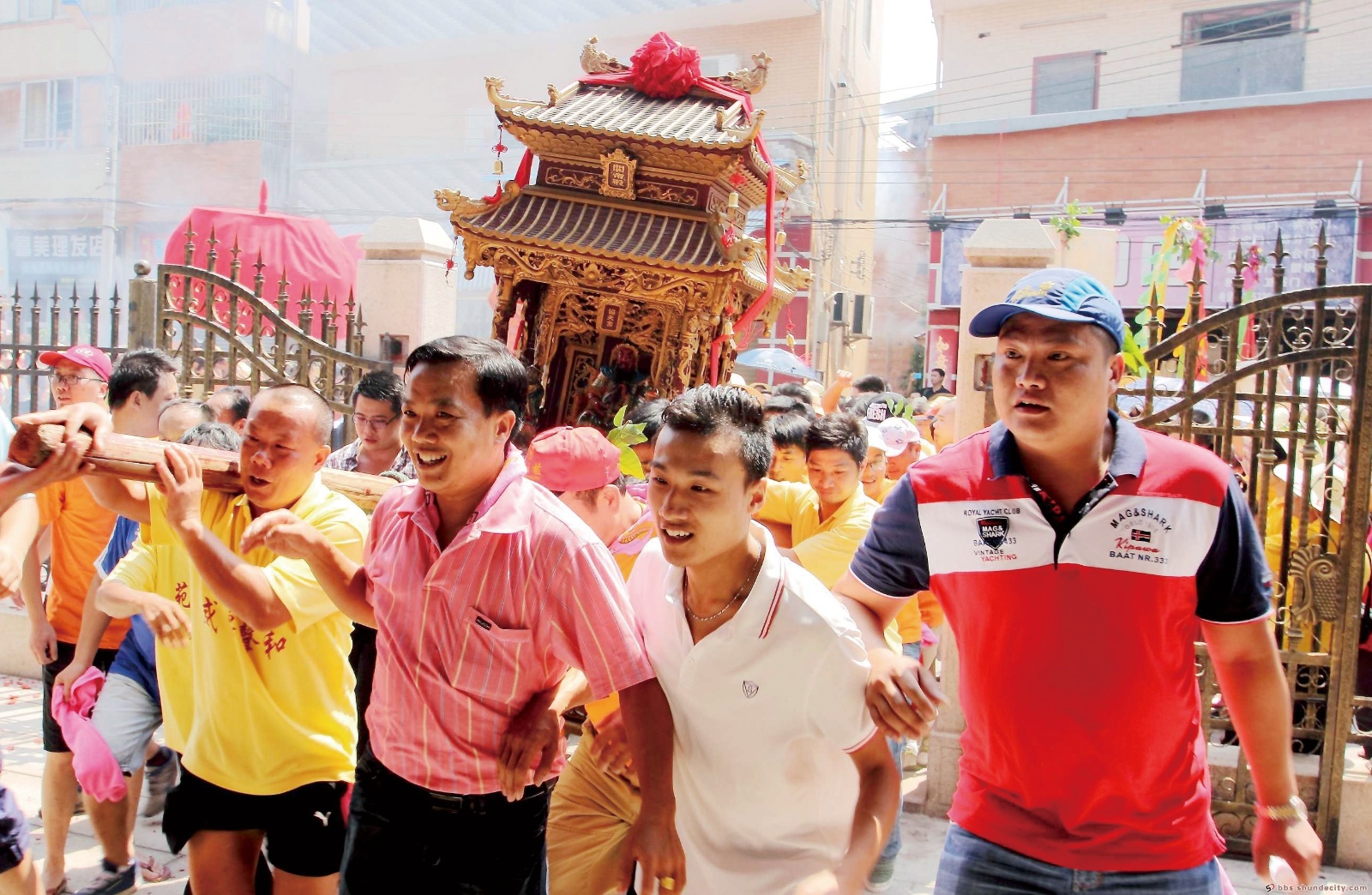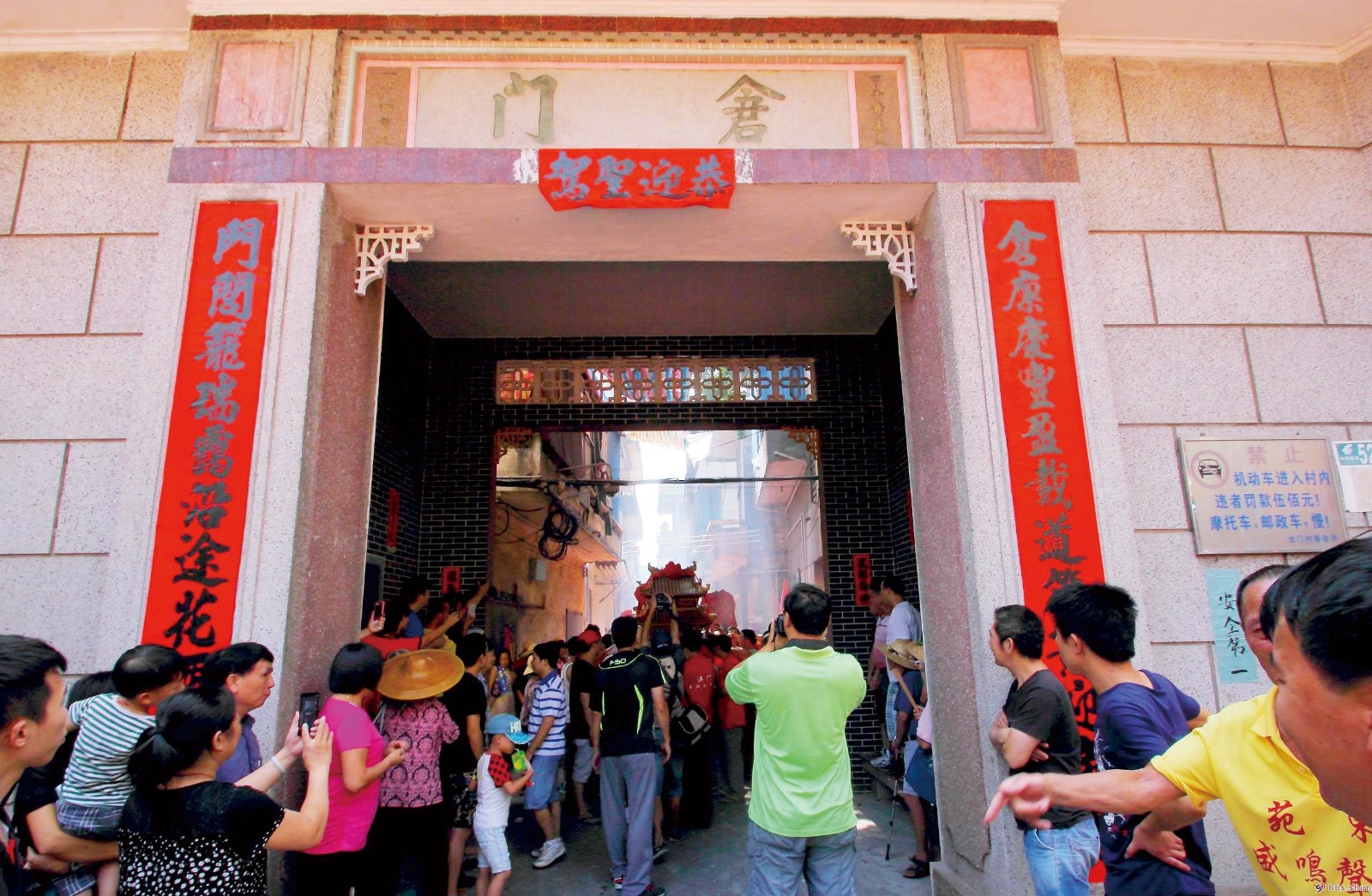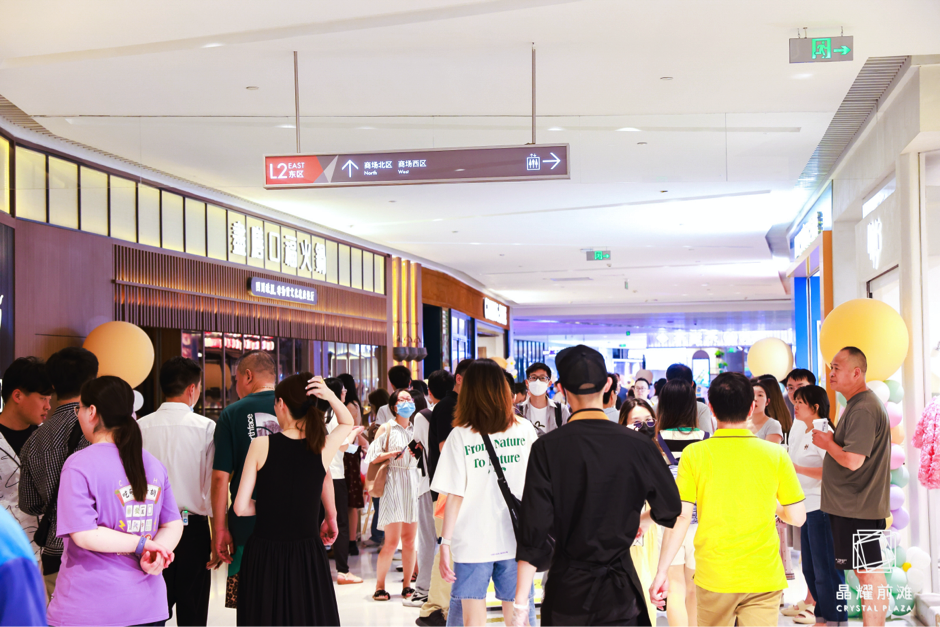Daytripper: Parade through the quaint villages of Jun'an

Daytripper is a regular column that aims to help people get the most out of their PRD experience by proposing fun excursions that can be made in a single day to explore the local culture and nature of the region.
The year is 1851. Thirteen villages in Jun’an (located in present-day Shunde District, Foshan) come together to organize a parade in honor of two gods: Guan Di, a god of war and justice honored nationwide, and Hou Wang, a local deity who rules the waves. They hope that through their worship and celebration, their homes will be granted peace and protection from the floods that so often afflict the region.
As the 1920s ushers in a new, post-imperial, post-World War I existence for China, the tradition is abandoned, and the temple associated with the ritual falls into ruin over the ensuing six decades.
Then, in 1987, with the turbulence of the 60s and 70s behind them and the Reform and Opening Up policy well under way, the villagers decide it’s time to revive some of the old ways. Gathering donations from those still living in the area and those who have moved overseas, they rebuild the Di Wang Temple and hold a parade that passes through Jun’an’s villages. As the statues of Guan Di and Hou Wang are carried aloft, weathered grandmas, rambunctious kids, young couples – everyone comes out from their homes to watch this piece of resuscitated history, some joining the procession as it wends its way down the streets.

Flash-forward to today, and the Di Wang Parade has been recognized as an intangible cultural heritage at the provincial level – which translates to more recognition and funding for the event. Incredibly, a 160-year-old custom that almost completely died out has been reborn in the modern age.
This year, with the support of the town government and the input of a local culture and art agency, the Di Wang Parade is growing to new dimensions. Taking place across 11 villages, it will run for 16 days from October 16 to 31.
Every day sees the procession visit different villages, each brimming with character. Make sure to take a few moments to observe the ancestral halls and temples of each stop, or lose yourself down one of the side streets for a glance at the simple life of the locals. Clay-sculpted roof decorations adorn the religious buildings – which also function as a gathering place for elderly folk to play mahjong – while surrounding them are gray brick houses filled with hand-hewn wood furnishings.

Arguably, the first day of the celebration will be the most interesting, as the Guan Di and Hou Wang statues leave the Di Wang Temple and begin their journey accompanied by the crash of cymbals and the beating of drums. The day will start at Sanhua village, passing through Zhipu and ending up at Shangcun. The latter two stations will be particularly fun since they will host handicraft stalls, creative markets and dance performances from 1pm on October 16, as well as a mini rock concert of six indie bands from 7 to 10.30pm.
Shangcun also has a claim to fame as the ancestral house of Bruce Lee. Dart down one of its narrow alleyways and ask the residents to point you in the direction of li xiaolong zuju (李小龙祖居). While little more than a typical rural home, it is amazing to stop and consider how someone whose family hailed from a tiny place in Jun’an could become a Hollywood star and kung fu icon.
If you can’t make it on October 16, there will still be mobile culture kiosks throughout the rest of the festival set up in each village, selling souvenirs designed by local youth. Part of the proceeds will go towards community development in Jun’an.
Schedule
October 16
Sanhua-Zhipu-Shangcun 三华-豸浦-上村
October 19
Waicun 外村
October 20
Jitou 矶头
October 21
Qiaotou 桥头
October 22
Shatou 沙头
October 22-24
Cangmen 仓门
October 25-27
Xinhua 新华
October 27-31
Tianlian 天连
How to get there
The easiest way to get to the villages of Jun’an is, of course, to drive. However, it is also possible to take the local buses. From Guangzhou South Railway Station, take the K990 to Jun’an Transportation Center (about two hours), and from there catch one of the regular local buses to whichever village you plan to visit. Jun’an Transportation Center can also be reached from Foshan City Bus Terminal and Xiaolan Transportation Center in Zhongshan. From Shenzhen, catch a bus to Shunde, then do as above.
For more Daytripper click here.
Get the weekly newsletter!
Sign up to get the entertainment, lifestyle and event news from Urban Family every week!Classified Posts
News























